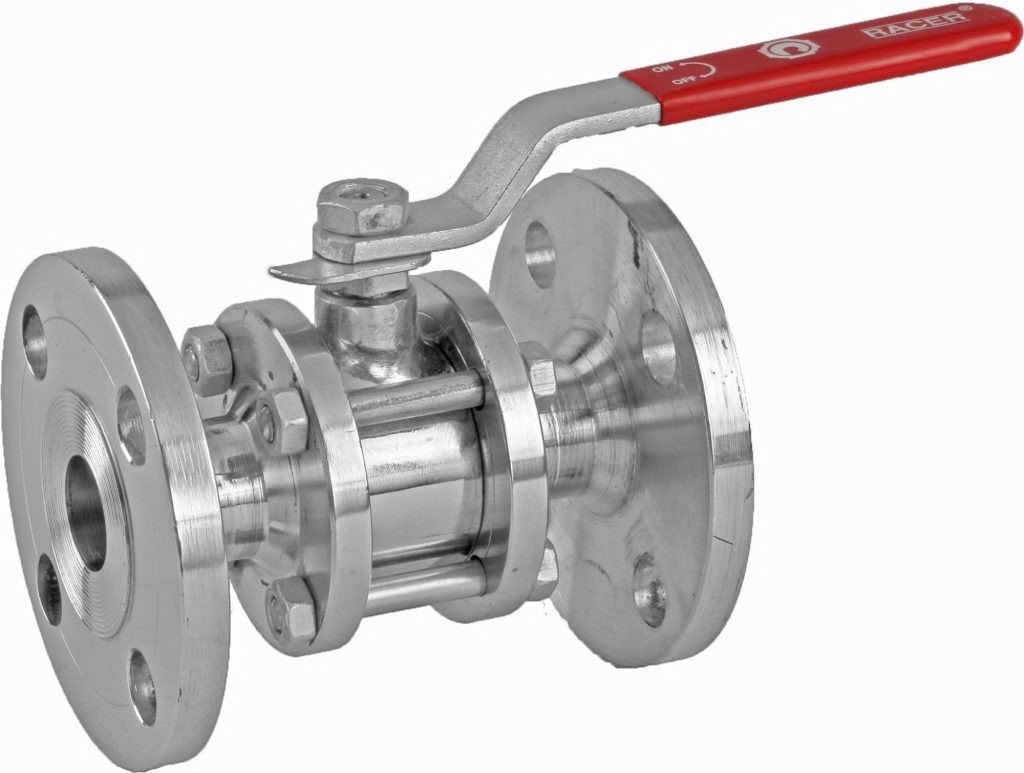In an era defined by digital transformation and widespread internet usage, protecting sensitive consumer data has become a top priority for businesses and individuals alike. With cyber threats on the rise, organizations are increasingly turning to cyber forensics to identify, analyze, and mitigate security breaches. Cyber forensics plays a vital role in investigating cybercrimes, gathering digital evidence, and reinforcing data protection strategies to maintain consumer trust and compliance with data protection regulations. At its core, cyber forensics involves collecting, preserving, analyzing, and presenting digital evidence obtained from computing devices, networks, and online activities. This multidisciplinary field combines expertise in computer science, information security, and legal procedures to investigate incidents such as data breaches, identity theft, and other cybercrimes. Cyber forensics experts utilize advanced tools and methodologies to trace the origins of an attack, identify malicious actors, and determine the scope of data exposure.
One of the primary applications of cyber forensics is incident response, where forensic teams work to understand the nature and extent of data breaches. Once a breach is detected, forensic investigators immediately secure the affected systems to preserve evidence and prevent further data loss. They then conduct a thorough examination of logs, network traffic, and compromised devices to pinpoint vulnerabilities exploited by attackers. This meticulous process not only helps mitigate damage but also assists organizations in understanding how their security defenses were bypassed. Cyber forensics also plays a pivotal role in legal proceedings related to data breaches and cybercrimes. Digital evidence collected by forensic experts must meet stringent legal standards to be admissible in court. Proper documentation, chain of custody, and data integrity are essential aspects of building a strong legal case. As such, forensic investigators must balance technical expertise with a clear understanding of legal protocols to ensure the evidence they gather is credible and defensible.
Moreover, cyber forensics is instrumental in identifying vulnerabilities that could lead to future breaches. By analyzing attack patterns and identifying weaknesses in existing security measures, forensic experts provide actionable insights to strengthen cybersecurity frameworks. This proactive approach not only bolsters data protection but also helps organizations comply with data protection laws and industry standards. As the digital landscape continues to evolve, so do the techniques and tactics of cybercriminals. Organizations must remain vigilant and adaptive, integrating cyber forensics into their cybersecurity strategies to stay ahead of emerging threats. Investing in forensic capabilities not only safeguards sensitive consumer data but also helps maintain brand reputation and customer confidence. In a world increasingly Safeguarding Your Data, the role of cyber forensics is indispensable in ensuring data security and accountability.



